Light Fixture Types
Light Fixture Family
Certification
Input Voltage

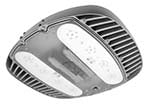
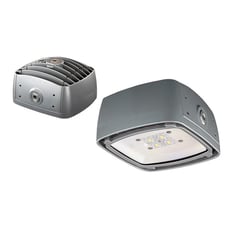
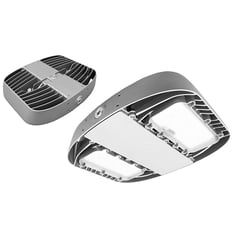

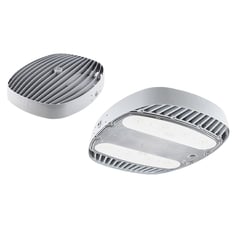
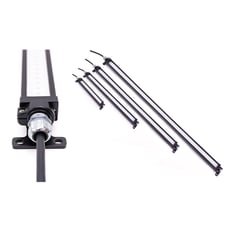
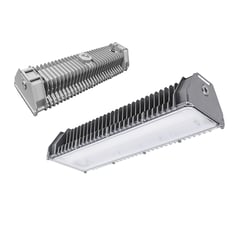
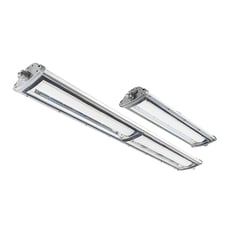
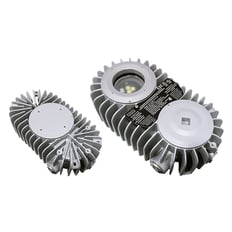
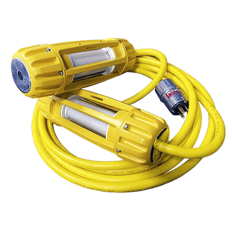
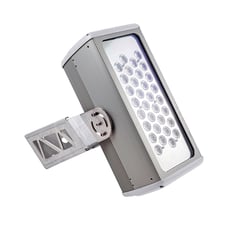
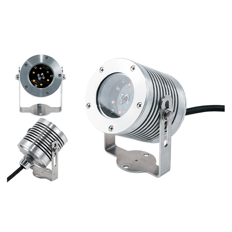
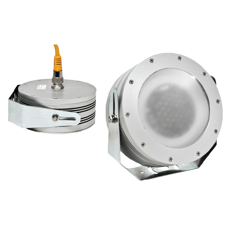
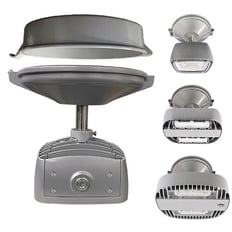
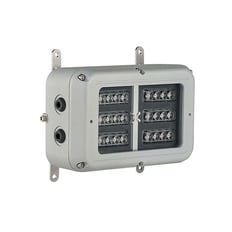
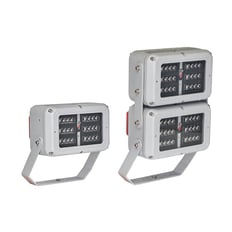
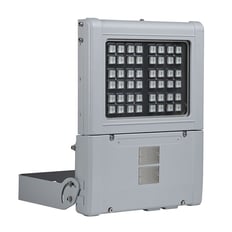
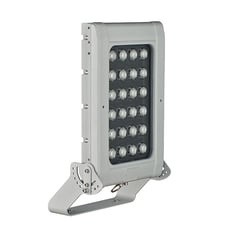
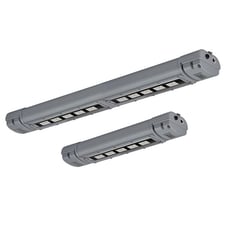
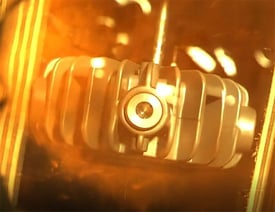
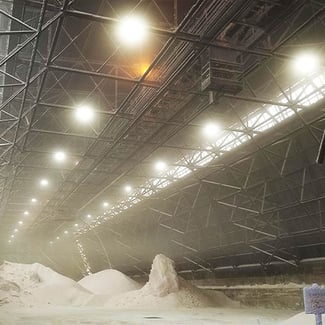
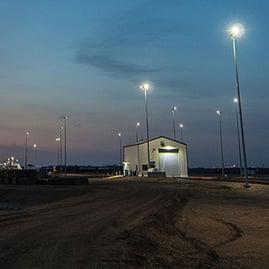 Explosion proof lights on site reduce the risk of ignitable dust and gases. Nemalux fixtures provide quality illumination and offer peace of mind for workspaces. Our systems use solid-state LED light sources for safety, reliability, and longevity.
Explosion proof lights on site reduce the risk of ignitable dust and gases. Nemalux fixtures provide quality illumination and offer peace of mind for workspaces. Our systems use solid-state LED light sources for safety, reliability, and longevity.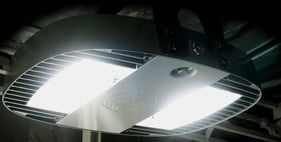 It's important to reiterate that explosion-proof is not the same as hazardous location. Detailed explanations for area designations are available from UL, CSA, and other NRTLs.
It's important to reiterate that explosion-proof is not the same as hazardous location. Detailed explanations for area designations are available from UL, CSA, and other NRTLs.
